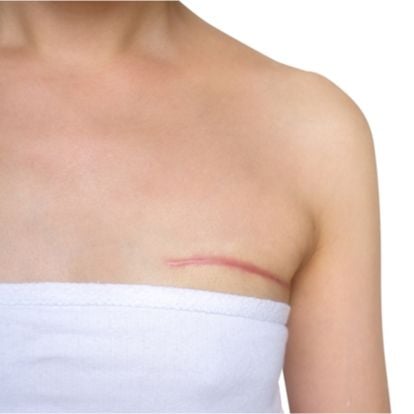 OVERVIEW
OVERVIEW
Plastic or reconstructive surgery is not just limited to improving the looks and physical aspects of specific body parts. The reasons for having these types of surgeries can also result from a mastectomy stemming from breast cancer. The most common type of plastic surgery after a mastectomy is called breast reconstruction surgery.
What is Breast Reconstruction Surgery?
Breast reconstruction is a type of surgery that is available after a mastectomy. This reconstructive surgery can improve the symmetry of both breasts by replacing breast tissue, skin, and nipple.
Depending on the mastectomy, the reconstructive surgery can be extensive. The extent of the surgery is directly correlated to the size, location, and width of the tumor.
Different Types of Breast Reconstruction
There are many different kinds of breast reconstruction options available to patients. The decision is based on your needs and wants and your overall medical condition. Here are the different types of breast reconstruction surgeries that are available:
Implants
Breast reconstruction can be performed together with a breast implant. In this type of surgery, the breast skin is stretched, and a silicone or saline implant is inserted weeks later. With implants, the breasts will look asymmetric and provide a youthful appearance.
Autologous or flap reconstruction
This method uses tissue transplanted from another part of the body from the thighs, back, or belly. It can also include a breast implant.
TRAM Flap Procedure
With a TRAM flap procedure, the tissue is taken from the abdomen area, and it is used to create a mount to reconstruct the breast. This entails cutting some of the stomach muscles and fat and reusing it for breast reconstruction.
Free flap
With this procedure, the tissue is completely disconnected and then re-attached to the blood supply near the new location. This type of breast reconstruction is more complicated than other kinds, and the biggest risk is that there is a chance of the blood vessels getting clogged.
DIEP
Deep inferior epigastric perforator artery (DIEP) is similar to the TRAM Flap, except no muscle is being used to reconstruct the breast. It is also considered a muscle-sparing flap type.
Latissimus Dorsi Flap
The Latissimus Dorsi Flap is located in the back, below the shoulder, and behind the armpits. The oval flap of the skin from the upper back is used to reconstruct the breast.
Breast Reconstruction Consultation
If you are thinking about breast reconstruction surgery or have additional questions about it, consulting with a plastic surgeon is recommended so that he can carefully analyze your situation and make appropriate recommendations.
Consulting with a reputable plastic surgeon is the recommended route to obtain peace of mind and have a seamless experience from start to finish. A plastic surgeon will discuss the available options and help you make an informed decision that will meet your goals and needs.
 OVERVIEW
OVERVIEW
